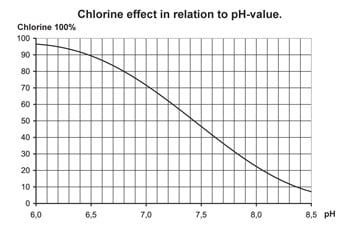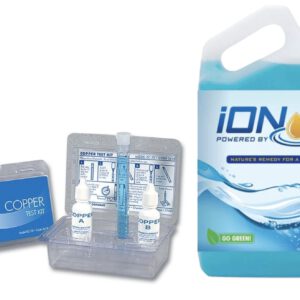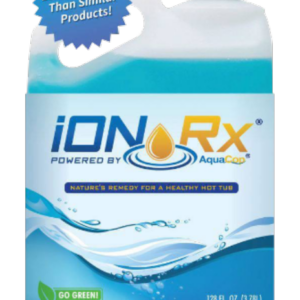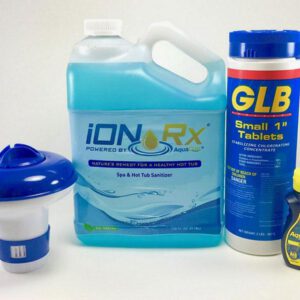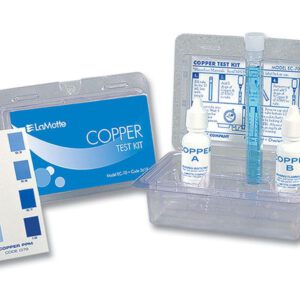Many hot tub and spa owners believe there are major differences between chlorine and bromine. The truth is these chemicals are more similar than they are different. Both chemicals are in the same area of the periodic table and both are halogens. Elemental halogens are dangerous and can potentially be lethally toxic to humans.
These two chemicals are very similar in the way they kill bacteria but react differently in warm water. Bromine is more stable in warmer water compared to chlorine, so in the world of spas and hot tubs, bromine is the common choice for disinfecting a hot tub or spa. However, both chemicals will begin to “gas off” as they are exposed to water above 96 degrees F. This means you will need more chlorine or bromine to maintain proper sanitation.
Why is the Water Cloudy After Using Bromine?
Although bromine may be better than chlorine in warm water environments, it does come with a price. Bromine does not oxidize anything in your hot tub or spa. This means that you may have a properly disinfected hot tub but the water will still end up cloudy and very foamy unless oxidized. With any bromine treated hot tub, you must introduce some form of oxidation. The most commonly used oxidizer in a bromine hot tub is actually chlorine for water clarity.
How Do Bromine and Chlorine Affect Water Chemistry?
One of the most overlooked aspects to both chlorine and bromine is how they affect the chemistry of the water in your hot tub or spa. The use of these chemicals will require continuous and frequent checking and adding of ancillary chemicals to balance other water chemistry markers in the spa or hot tub. Some of the most common areas affected are pH and alkalinity. The chart below shows just how drastically pH affects chlorine’s ability to kill bacteria.
How Does pH Affect Chlorine
As you will note in the chart above, the effect pH has on chlorine’s ability to kill is drastic and bromine’s performance is not much better. It is important to know that to avoid burning eyes you must maintain a pH level above 7.2. The window to have no burning eyes and proper disinfection is very small. At a pH of 7.2, your chlorine is only 60% effective. In a matter of hours, the pH can climb higher or lower. For example, a pH of 7.8 will make the chlorine only 30% effective. This can drop to a pH of 6.8 and you will have good disinfection but the acidity of the water will irritate your eyes.
A Safer and More Effective Treatment Solution
Maintaining safe chlorine and bromine levels in your hot tub or spa can be a time consuming and challenging task while trying to ensure that your spa is effectively disinfected. However, there is an easier, more reliable, and affordable solution.
iONRx® can solve all the issues mentioned above. While chlorine is primarily used only for oxidation purposes, it comes at a cost. iONRx®, however, is not affected by pH and requires virtually no adjustments when used properly. Likewise, it is the safest way to treat and consistently sanitize your hot tub water, when used with an oxidizer, and shown to be highly effective at killing and controlling bacteria.
If you are looking for a low chlorine option for your spa or hot tub, iONRx® is the safe and natural way to clean it. Try our amazing product today!

